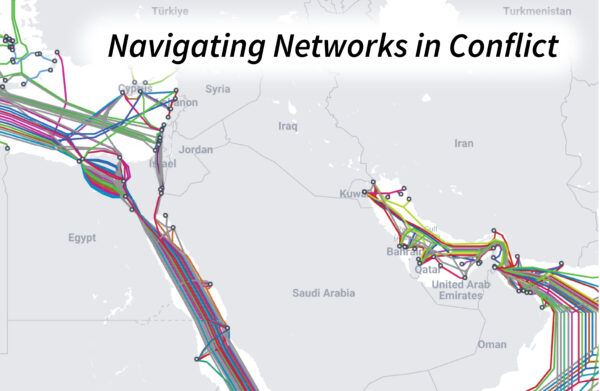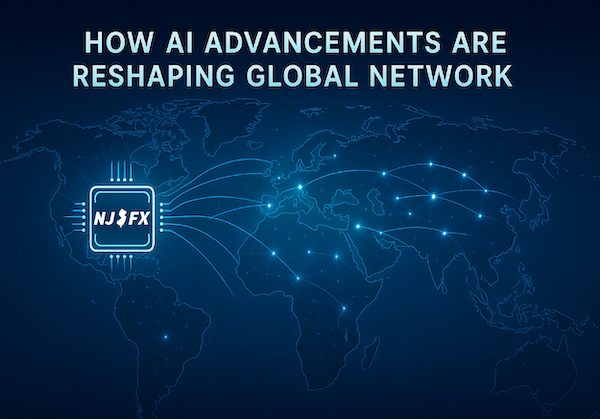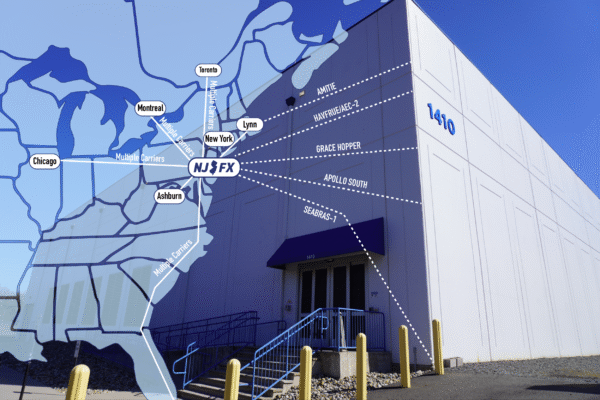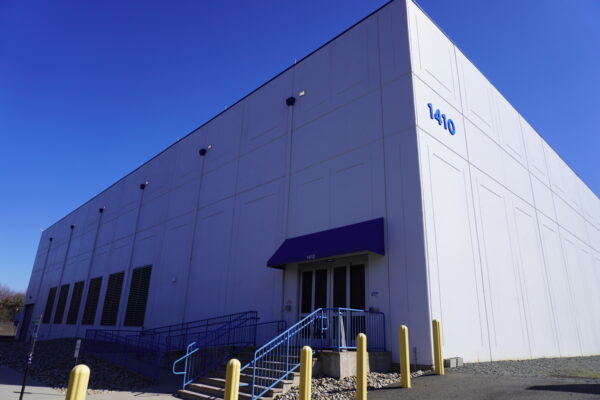
Navigating Networks in Conflict
New Jersey experienced an uptick in wildfire incidents during the dry season of 2025, the communications sector faced significant challenges.

November 9, 2023
Emerging from the enlightening whirlwind of the Capacity Europe conference in London, industry titans from the subsea communications realm have begun diving into critical dialogues that are shaping the future. The conference brought together an elite ensemble of cable operators, carriers, and network architects, each poised to chart the path of our industry’s future, assess the fast-evolving dynamics of the subsea sector, and strategize on the road ahead.
Our very own visionary, Gil Santaliz, NJFX’s Founder and CEO, joined an esteemed panel to dissect the implications of significant technological advancements. They addressed how the imminent retirement of aging cables, cost reductions by OTT’s, and the miniaturization of equipment — which is now faster and boasts greater capacity — are catalyzing industry transformation.
Panel Discussion: How are New Subsea Technologies and Supply Chain Disruptions Forcing Business Models to Evolve?
Panelists:
Gil Santaliz – CEO, NJFX
One of the many notable shifts highlighted during the discussions was the rapid expansion of subsea projects. What once was a modest requirement for data transfer has exploded into an era where bandwidth is devoured at unprecedented rates. It’s clear that the recent surge in cable construction is not merely timely but crucial.
These up-and-coming projects align perfectly with the lifespan of the latest cable systems. We’re moving from systems with 2 & 4 fiber pairs to those boasting 8 to 24, rendering the operational expenses of older systems untenable. The availability of warranties and parts makes these aging systems unappealing, especially when contrasted with the costs associated with backhaul and network design for what could be a handful of years.
Santaliz articulates this pivotal moment with clarity: “We’re at the cusp of a subsea deployment boom, reminiscent of the early 2000s, poised to form the backbone of global connectivity for the next two decades. This surge is in tandem with an unparalleled increase in data traffic crossing continents. The new generation of subsea cables introduces an economic shift, heavily influenced by OTT providers, prompting a subset of carriers to adapt to a secondary marketplace. At NJFX, our unique Tier-3 colocation model is strategically designed to meet the demanding requirements of subsea cable operators. We’re ready to deliver enhanced capacity, superior reliability, robust security, and flexible interconnection options that seamlessly connect North America, South America, and Europe.”
Digital Realty’s Senior Director, Wilfried Dudink, echoed the sentiment, noting the significant transition toward more efficient systems. “OTTs are driving down the essential operations and maintenance funding for cable stations, which now find themselves operating at a capacity 80% larger than necessary. This is due to the fact optical equipment has become exponentially more efficient over the past two decades,” he commented.
Building on this theme, Santaliz offered a robust expansion of his earlier thoughts. “The influence of OTT powerhouses is becoming increasingly central to the financing of subsea cable projects,” he stated. “Companies like Meta and Google are not just consumers of capacity; they are becoming indispensable partners for cable operators.” Santaliz’s statement underlines a pivotal shift in the industry, suggesting that collaboration with these tech giants is crucial for the sustained growth and evolution of global subsea infrastructure.
Gavin Rea, CTO at GBI, contributed to this topic by shedding light on the evolving architecture of these systems. He highlighted that the once substantial cable landing stations are now giving way too much more streamlined operations. The advancement in technology means subsea cables may only require simple beach huts, with fiber pairs extending to multiple huts or Cable Landing Stations connected merely by splicing in beach manholes. This marks a significant reduction in complexity and potentially, in operational costs, signaling a leaner future for the physical touchpoints of our global internet infrastructure.
Isabelle Paradis turned the discussion to Thomas Sorensen, Director at Ciena, who verified a remarkable development in the subsea capacity sector. He confirmed that what once required 50 racks of optical gear to manage 5 terabytes of subsea capacity can now be accommodated by a single rack. This significant reduction in physical infrastructure is thanks to the innovative strides made by companies like Ciena in the development of Submarine Line Terminal Equipment (SLTE).
Ciena has been at the forefront, pushing the boundaries of subsea technology with equipment that is not only faster and smaller but also more cost-effective. The introduction of advanced branching units is a game-changer, allowing for increased flexibility with the possibility of multiple landings across continents. This, combined with real-time network optimization and grooming capabilities, underscores a seismic shift towards more efficient and dynamic subsea networking solutions.
Such innovations are not just reshaping the physical landscape of networking equipment but are also redefining the possibilities for global communication networks, ensuring they are more scalable, adaptable, and capable of meeting the ever-growing demands of our connected world.

New Jersey experienced an uptick in wildfire incidents during the dry season of 2025, the communications sector faced significant challenges.

New Jersey experienced an uptick in wildfire incidents during the dry season of 2025, the communications sector faced significant challenges.

Red Sea conflict threatens Key Internet Cables. Maritime attacks complicate repairs on underwater cables that carry the world’s web traffic.

New Jersey experienced an uptick in wildfire incidents during the dry season of 2025, the communications sector faced significant challenges.

New Jersey experienced an uptick in wildfire incidents during the dry season of 2025, the communications sector faced significant challenges.

Red Sea conflict threatens Key Internet Cables. Maritime attacks complicate repairs on underwater cables that carry the world’s web traffic.









Experience the flexibility, reliability, and security yourself

